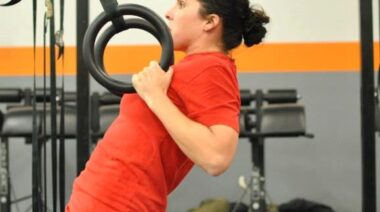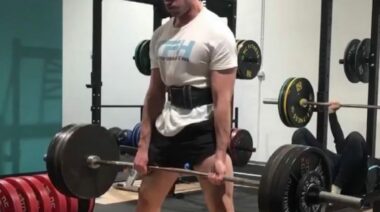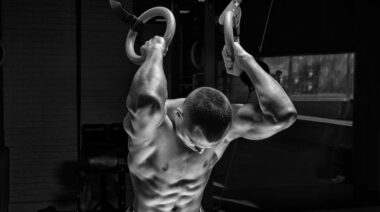Many sports require bursts of speed over short distances, and so, many successful athletes are great at acceleration. However, in a recent study in the Journal of Strength and Conditioning Research, the most common practices to develop acceleration have been placed in doubt.
The start is the initiation of the acceleration phase of running. Since acceleration is a critical component of success in sports that involve running, the start is also extremely important. The start has been well studied in science, mainly for the sport of track and field. However, research on track starts may not apply to other sports. Part of the reason why is that track events begin on starting blocks. These blocks maximize the horizontal component of the start. The problem is, there are no blocks in other sports, but the start is still important. In the new study, the researchers wondered what the fastest way to start without blocks might be.
The test pitted two varieties of starts against the gold-standard block start. The participants used the standard start to show how their performance would compare to the other tests. Then they attempted the following two more realistic starts that did not use blocks:
- The Forward Step: The forward step is exactly what it sounds like. The athlete begins to propel forward while taking a step in the same direction.
- The Rhythm Step: The other start is actually very commonly performed by untrained athletes, and is also known as the false step. In this version of a start, the front foot comes back to initiate movement. This technique is often not encouraged, since using a backward motion to initiate a forward motion is viewed as counterproductive. Nevertheless, in untrained athletes, the rhythm step occurs about 95% of the time, according to the researchers.
The block start was the fastest version, as you might have suspected. What may surprise you, however, is that out of the other two starts, the rhythm step proved faster. That’s right – the method that almost every coach teaches against was quicker over 2.5m and 5m, both by about a tenth of a second. The 2.5m only took about a second to cover for the forward step, that’s about a ten percent advantage. There was roughly the same difference between the rhythm start and the block start.
The researchers theorized the rhythm start is superior because it places the base of support (the feet) behind the center of gravity. I’ll add that it also puts your feet closer together, allowing for greater force production from both legs. Together these features allow the rhythm step to generate greater horizontal forces, which is critical for acceleration.
The researchers also noted that the participants had previously been coached to perform the forward step. Prior to this, several studies found the rhythm step superior in untrained athletes as well, who weren’t already familiar with the forward step. As such, it seems the rhythm step is a solid addition to any athlete’s toolbox.
References:
1. Jason Cusick, et. al., “A Comparison of Three Different Start Techniques on Sprint Speed in Collegiate Linebackers,” Journal of Strength and Conditioning Research, DOI: 10.1519/JSC.0000000000000453
Photo courtesy of Shutterstock.






